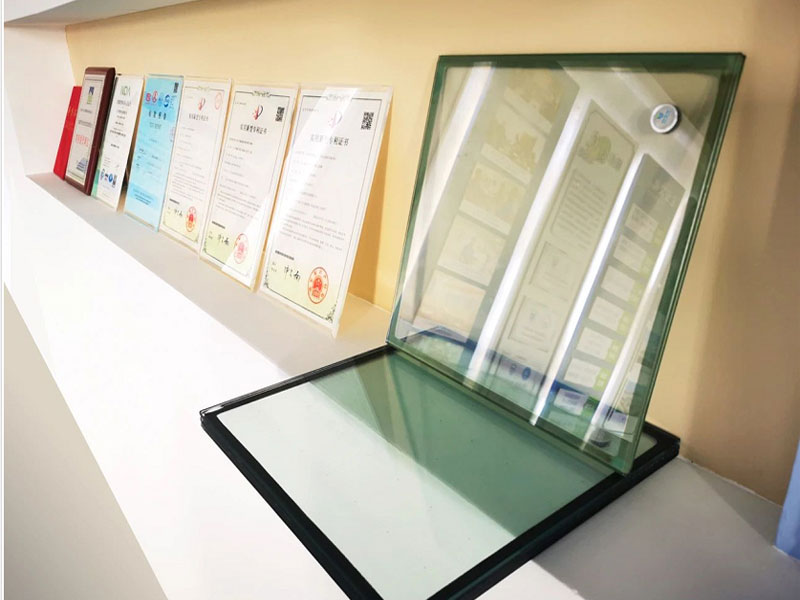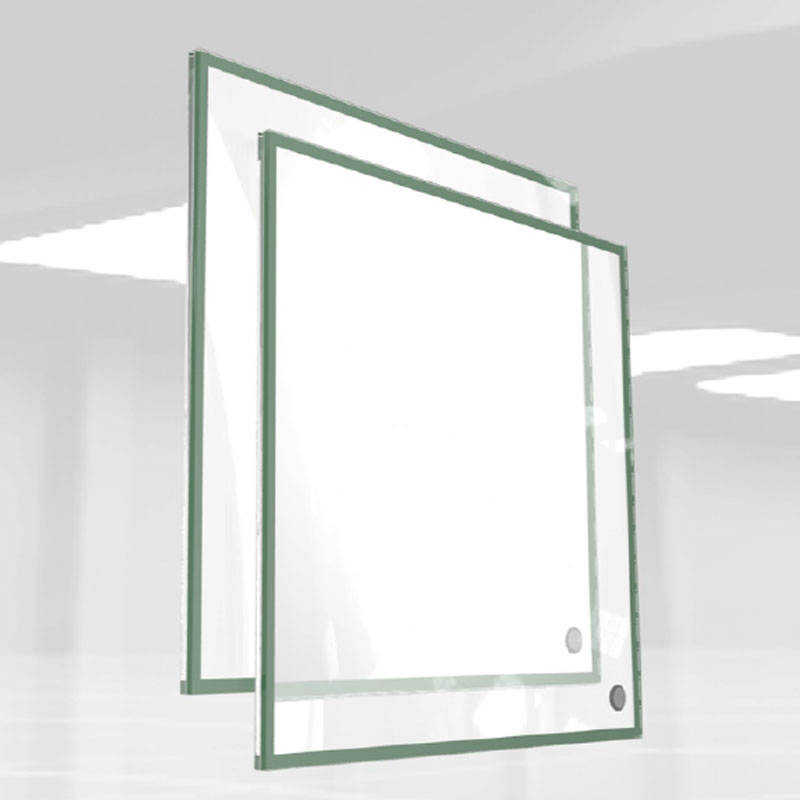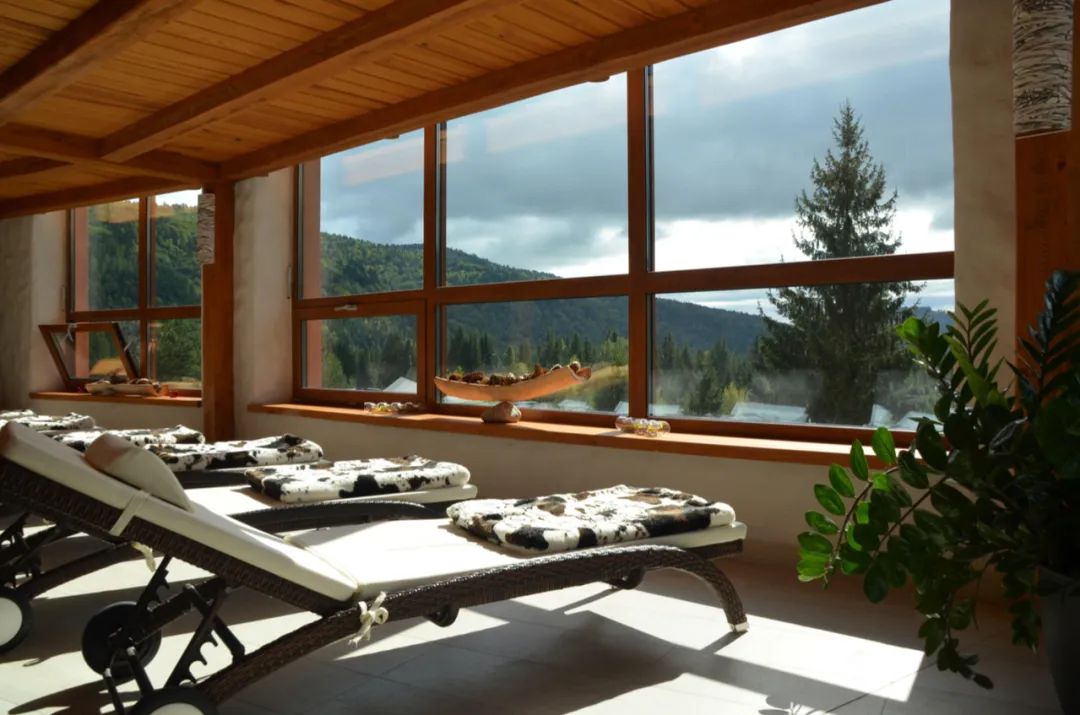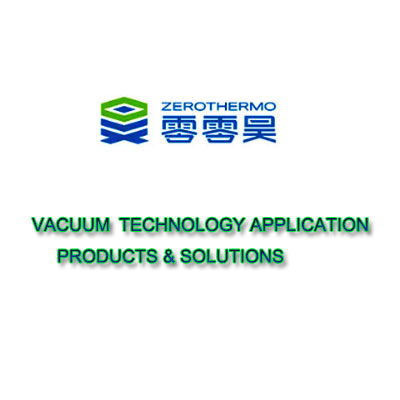Zerothermo vacuum insulated glass is composed of two or more pieces of flat glass. There are tiny supports between the glass layers, and the glass perimeter is sealed by inorganic material solder. One of the glass has an exhaust port for vacuum exhaust, and the gas in the cavity will be exhausted through the exhaust port, and then the vacuum cavity is formed.In order to ensure vacuum life, a special getter is placed in the cavity. The heat transfer of vacuum glass is mainly carried out in three ways: conduction, convection and radiation:

Heat conduction
The transfer of heat from the higher temperature part of the object along the object to the lower temperature part is called conduction. In gases, heat conduction and convection often occur simultaneously.
Thermal Convection
The process by which the temperature of a liquid or gas is made uniform by circulating flow between the hotter and cooler parts of the liquid or gas. Convection is a unique way of heat transfer in liquids and gases, and the convection phenomenon of gases is more obvious than that of liquids.
Thermal Radiation
An object has the ability to emit energy outward due to its own temperature. This method of heat transfer is called thermal radiation. Although thermal radiation is also a way of heat transfer, it is different from heat conduction and convection. It can transfer heat directly from one system to another without relying on a medium. Thermal radiation emits energy in the form of electromagnetic radiation, the higher the temperature, the stronger the radiation
Thermal insulation non-condensing performance
The vacuum layer in the middle of the vacuum glass reduces the heat transfer by conduction and convection of the gas to so low that it can be ignored. Therefore, vacuum glass has better thermal insulation performance than insulating glass. There is no air in the vacuum layer of vacuum glass, and no water vapor molecules, the sealing is extremely strict, the thermal resistance is large, and condensation will not occur in winter.
Sound insulation and noise reduction performance
The transmission of sound requires a medium, whether it is solid, liquid or gas, it can transmit sound, but in a vacuum environment without a medium, sound cannot be transmitted, so the vacuum layer of vacuum glass effectively blocks the transmission of sound.

Advantage of Fully Tempered Vacuum Glass
Fully Tempered
Fully tempered vacuum glass. The vacuum glass adopts a unique low temperature sealing technology, which completely retains the safety features such as high strength and impact resistance of tempered glass. The surface stress is evenly distributed, and the stress at any point exceeds 90MPa, which fully meets the stress requirements of tempered glass.
Light and Thin Structure
Vacuum glass is lighter and thinner than insulating glass. When the U value is much better than that of the three-glass two-chamber insulating glass, the thickness is only a quarter of that, and the weight per square meter of the vacuum glass is reduced by more than 12kg. At the same time, the number of Low-E glass used is less, the glass is more transparent, and has excellent lighting effect.
Super Long Life
The life expectancy of vacuum glass can reach more than 25 years. The flexible sealing material is used to weaken the shear force in the sealing area of the glass plate in an environment with a large temperature difference between indoor and outdoor, and overcome the sealing failure problem of the brittle sealing material under the same conditions. At the same time, the high-efficiency getter is attached, which can maintain the high vacuum degree of the glass cavity for a long time, which greatly reduces the failure phenomenon such as performance degradation in various harsh environments.
Real Energy Saving
The thermal insulation performance is 2-4 times that of insulating glass. It has a high vacuum inner cavity, so that the gas heat transfer can be ignored. At the same time, it adopts high-performance Low-E glass, which greatly suppresses the radiation heat transfer and ensures that the heat transfer coefficient (U value) of the vacuum glass is as low as 0.4W/(m2·K). At the same time, the thermal insulation performance is 2-4 times that of insulating glass, and 6-10 times that of single-piece glass. It can meet the requirements of international passive house for heat transfer coefficient of doors and windows when used independently.
Effective Noise Reduction
Vacuum glass has a significant sound insulation effect on medium and low frequency noise with strong penetrating power. According to the professional weighted sound insulation ratio, the sound insulation of vacuum glass can exceed 36 decibels for outdoor noise of 75 decibels, which is far better than the standard of 29 decibels for insulating glass.
Environment
Vacuum glass is not affected by the area of use, altitude and installation angle. The high vacuum of the inner cavity of the vacuum glass ensures that even if there is a large altitude difference between the production site and the use site, there will be no expansion or contraction of the inner cavity. At the same time, when used horizontally or obliquely, the heat transfer coefficient is constant, and it can be installed on the top of buildings, sloping roofs, etc. to ensure energy-saving benefits.



Zerothermo focus on vacuum technology for more than 20 years, our main products : vacuum insulation panels based on fumed silica core material for vaccine, medical, cold chain logistics, freezer, integrated vacuum insulation and decoration panel, vacuum glass, vacuum insulated doors and windows. If you want to learn more information about Zerothermo vacuum insulation panels, please feel free to contact us, also you are welcome to visit to our factory.
Sale manager: Mike Xu
Phone :+86 13378245612/13880795380
E-mail:mike@zerothermo.com
Website:https://www.zerothermovip.com
Post time: Nov-03-2022




